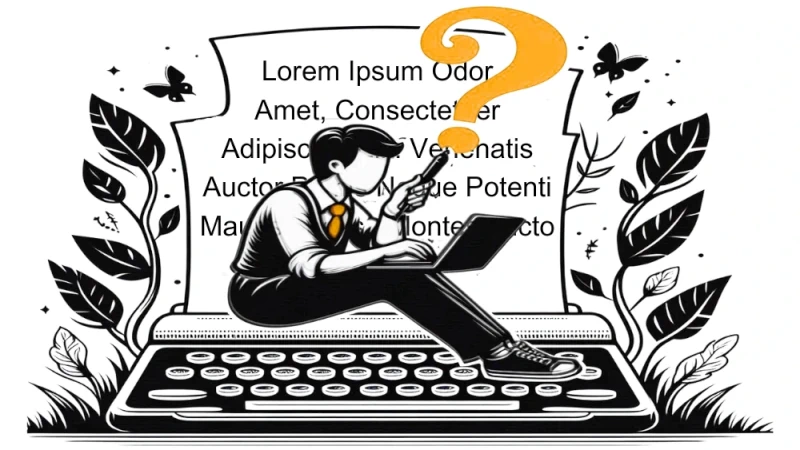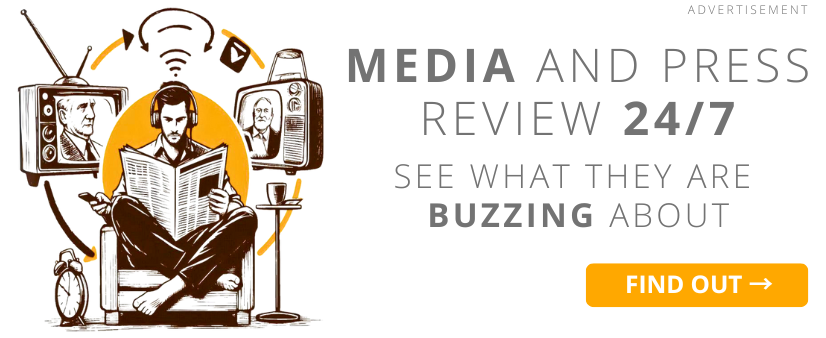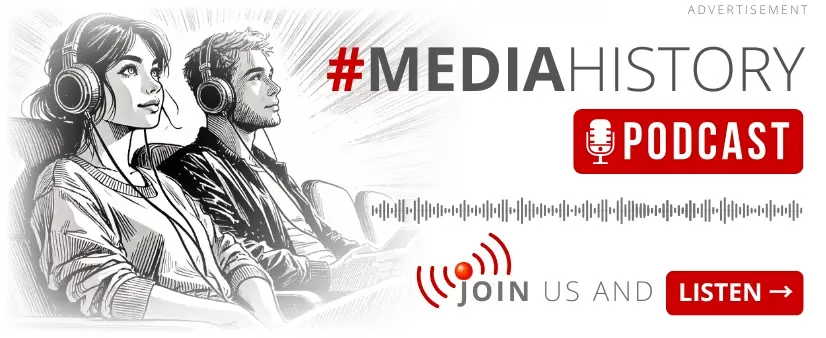 illustration: Bing AI
illustration: Bing AIIn the 19th century, newspapers like The Times and The New York Times adopted Title Case as the standard for their headlines. Using capital letters suggested formality and professionalism. Publishers noted that this style attracted readers on the busy streets of London and New York. Title Case gained further traction through style guides, such as the first edition of the Chicago Manual of Style in 1906, which solidified capitalization rules for headlines and promoted them as an editorial standard.
- In the 18th century, Title Case appeared in over 80% of newspaper headlines.
- By the 19th century, its usage in the press increased to nearly 95%.
Why Did Media Move Away from Title Case?
Although Title Case dominated newspapers and books for over two centuries, the 1990s saw a shift with the rise of the internet. Modern digital platforms and blogs began to abandon the formal style. The introduction of sentence case, where only the first word and proper nouns are capitalized, reflected changing audience preferences.
British media outlets like The Guardian were among the first to drop Title Case. Since 2005, all titles on their website have been written in sentence case. Editors observed that a less formal style resonated better with contemporary readers, who preferred quick and accessible reading experiences.
Changes in British and American Media:
- British media: “The Guardian” and “The Times” adopted sentence case to align with digital trends.
- American media: While “The New York Times” remained loyal to Title Case, online platforms like BuzzFeed shifted to sentence case, giving their titles a more casual tone.
| Year | Media Using Title Case | Media Using Sentence Case |
|---|---|---|
| 1980 | 95% | 5% |
| 2000 | 70% | 30% |
| 2020 | 40% | 60% |
How Have Changing Standards Affected Headline Perception?
Moving away from Title Case is not just a visual change but also a shift in how titles are perceived. Psychologists argue that sentence case facilitates faster reading, which matters when readers spend an average of only 8 seconds scanning a headline. On the other hand, Title Case requires more cognitive effort since each word begins with a capital letter, potentially slowing information processing.
A 2020 survey by the British Media Institute revealed:
- 65% of respondents found sentence case more approachable for online headlines.
- 52% of readers aged 18–34 preferred less formal titles on blogs and news websites.
An example is BuzzFeed, which has used sentence case for article headlines since 2010. Titles like “10 ways to make your day better” resonate more with younger audiences than the traditional “10 Ways to Make Your Day Better.”

Is This the End of Title Case?
Despite the trend of moving away from Title Case, some publications still use it to maintain prestige. For instance, The New York Times continues to use this style in its print headlines. Traditional Title Case headlines reflect the paper’s heritage and reinforce its credibility.
However, even these more conservative outlets are adapting to modern standards in the digital space. On “The New York Times” website, sentence case headlines are becoming increasingly common, signaling that change is inevitable.
Sources:
- "Chicago Manual of Style," University of Chicago Press, 1906.
- "Associated Press Stylebook," AP, 1953.
- "The Evolution of Headlines in Digital Media," British Media Institute, 2020.
- "Psychology of Readability: How Formatting Affects Attention," Journal of Cognitive Studies, 2019.
COMMERCIAL BREAK
New articles in section History of the media
The History of The New York Times. All the news that's fit to print
Małgorzata Dwornik
In the heart of 19th-century New York, when news from across the world traveled via telegraph and the newspaper was the voice of public opinion, two ambitious journalists created a modest four-page daily that would eventually become a legend.
FORTUNE. The story of the most exclusive business magazine
Małgorzata Dwornik
Half of the pages in the pilot issue were left blank. Only one printing house in the country could meet the magazine’s quality standards. They coined the terms "business sociology" and "hedge fund". They created the world’s most prestigious company ranking. This is the story of Fortune.
History of Le Soir. A Belgian daily once free for ground floor readers
Małgorzata Dwornik
It started with an unusual sales policy and articles written personally by the king. This is where the comic hero Tintin made his name. The "fake edition" from the II World War went down in history. "Le Soir" more than once found itself targeted by authorities, censors, and even... terrorists and hackers.
See articles on a similar topic:
The History of Radio Broadcasting
Agnieszka Osińska
Radio emerged almost simultaneously with film at the dawn of the 20th century, as the growth of the press pushed culture past the so-called second threshold of mass distribution. Alexander Popov and Guglielmo Marconi are considered its pioneers, though only Marconi succeeded in patenting the invention.
Reporters Without Borders. The history of Reporters Sans Frontières
Małgorzata Dwornik
In June 1985, in Montpellier, France, four journalists inspired by the work of Médecins Sans Frontières decided to create a similar organization in the media world. Today, RSF has 134 correspondents worldwide, with many successes... and controversies.
Haveeru Daily ހަވީރު. History of the longest-running newspaper in Maldives
Małgorzata Dwornik
Since its inception, the newspaper has faced unexpected challenges. From having to print on manual presses, to legal battles over title rights, to occupation strikes at the publishing house, arrests of journalists, and even arson at its headquarters. In 2024, the editorial team (once again) won the right to publish the paper in court. Readers hope that this time, it’s here to stay.
The Fourth Estate in America
Urszula Sienkiewicz
Success, prestige, power, but above all, big money - these are the first words associated with the world of media in the United States. Do American media truly wield such influence over business and politics in the USA that they can be called the "fourth estate" without hesitation?





























